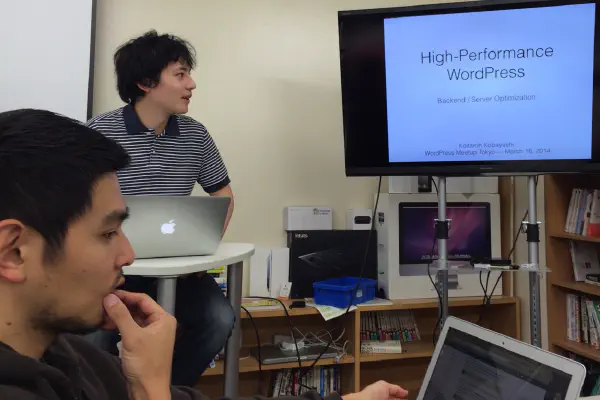Vagrant, WordPress, and Theme Development
I’ve been playing around with Vagrant recently. It really is a great tool for setting up development environments quickly and cleanly - no more local MySQL databases with 100 separate databases!
There are a few ways to solve this problem that many WordPress developers have:
- Use WordPress Multisite mode.
- Regularly clean your databases up and delete old ones.
- Use a common WordPress install, switching themes.
- Use Vagrant.
I’m going to be talking about the last option, Vagrant, in this blog post. I’ll list out a few reasons why Vagrant was attractive to me in the first place:
